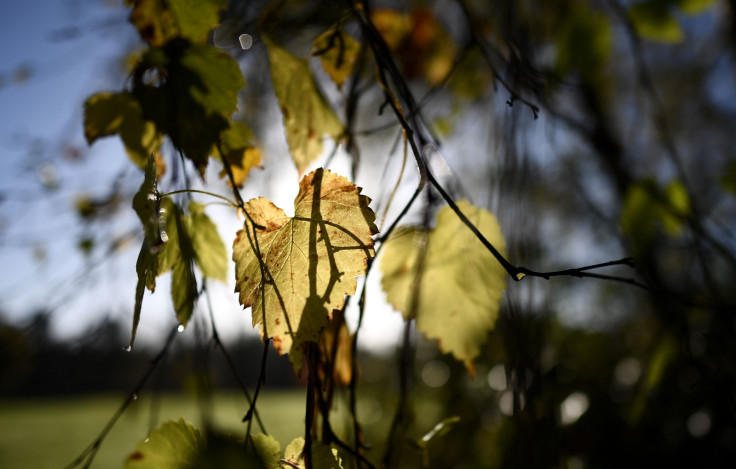Nature's healing powers: How exotic Australian plants may help revive nuclear contaminated land
Certain plants have previously been observed to have the ability to "soak up" harmful radioactive isotopes.

Man-made disasters such as nuclear accidents or chemical spills can often devastate land masses, leaving massive amounts of the area completely barren and uninhabitable. However, there may be hope for such contaminated land to be once again restored to some semblance of a healthy and viable state. Australian researchers believe that some native plant species could be used to clean up areas affected by chemical spills or nuclear accidents.
The ground-breaking research into this concept is a biotechnological process called "phytoremediation". According to Dr Megan Phillips, an environmental scientist from the University of Technology Sydney (UTS), phytoremediation involves harnessing "natural plant processes to make contaminated regions safe again".
Certain plants have previously played a role in land recovery. Dr Phillips cited research that detailed how in the aftermath of the 1986 Chernobyl nuclear power station explosion, researchers observed how sunflowers were able to "soak up" harmful radioactive isotopes. The Indian Mustard plant has also been found to have the ability to "accumulate heavy metals from polluted soils".
Dr Phillips believes that Australian plants may be a good candidate to determine whether they can be used to revive contaminated areas because native plant species are considered to be heartier and much more capable of surviving in harsh conditions.
"I'm using native Australian plants because, in general for Australia, we have strong seasonal heatwaves, nutrient-poor soils, and sporadic rainfall—a recipe for most non-native plants to struggle to survive," Dr Phillips said in a statement. "Our native plants are pre-adapted to our harsher environmental conditions [and are] much more likely to endure in the long term if we plant them in contaminated regions."
Unfortunately, not much research has been conducted in relation to phytoremediation and the ability of native Australian plants.
Cheap and safe
According to Dr Phillips, phytoremediation has highly promising real-world applications, which could even become "the normal way" to deal with contaminated land in the future. This biotechnology could also be far cheaper than the traditional methods of cleaning up contaminated areas.
"This is such an exciting area of research because, in addition to their effectiveness as a biotechnology, it's also known that plants can decontaminate areas safely, with minimal invasive disturbance to the community and native species," Dr Phillips said. "It is also incredibly cost-effective. It can be up to ten times cheaper to implement compared to hiring an excavator, digging out a contaminated site and moving the waste to landfill.
"I'm hoping our work will uncover new plant species better suited to our landscapes, that are up to the task of making our contaminated areas safer for the community and wildlife alike."
Australian researchers are not the only ones focusing on plant power. The US military is also planning to use genetic engineering to turn plants into bio-hazard detecting spies.






















